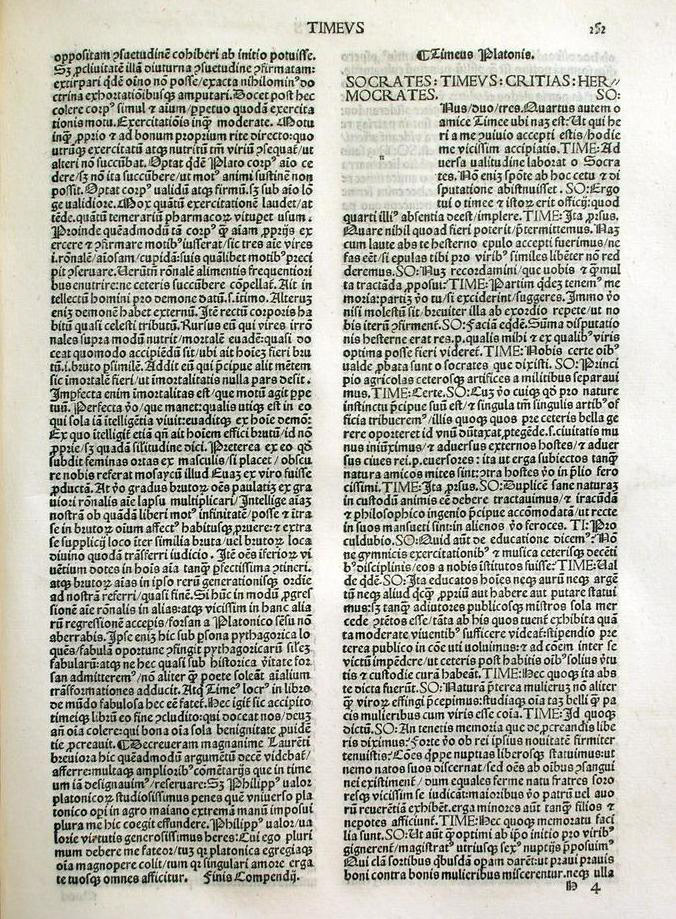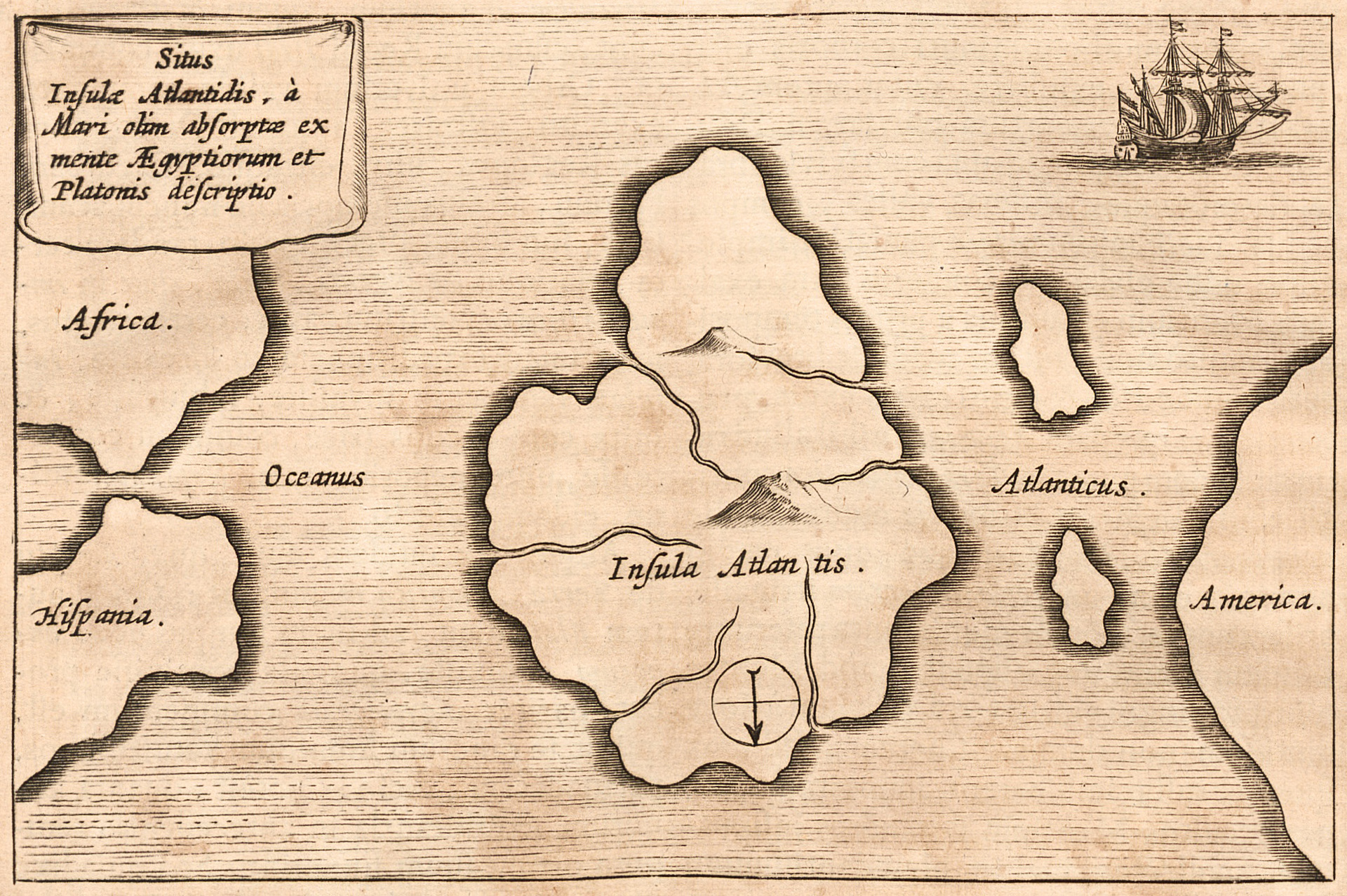Generative cities: under the waves project is the programmed imagination of our world swept by the powerful force of nature. It is motivated by human curiosity of the unknown, whether it is the unforeseeable future or uninhabited latent space of the learnt visual representations.
The artificial neural network was trained on two collections representing different visual domains and then allowed to create the non-existent connections between night cityscapes and free-flowing ocean tides, thus allowing the machine to imagine the transformation on its own, enriched with the powerful movement and concept shift.
The work prompts to reflect upon the limitations of the human race with regards to such strong yet opposing forces like artificial intelligence and nature itself. It also provokes a conversation about the impending doom of the environmental crisis.
The project is a collaboration with Germany-based photographer Michael Schauer.

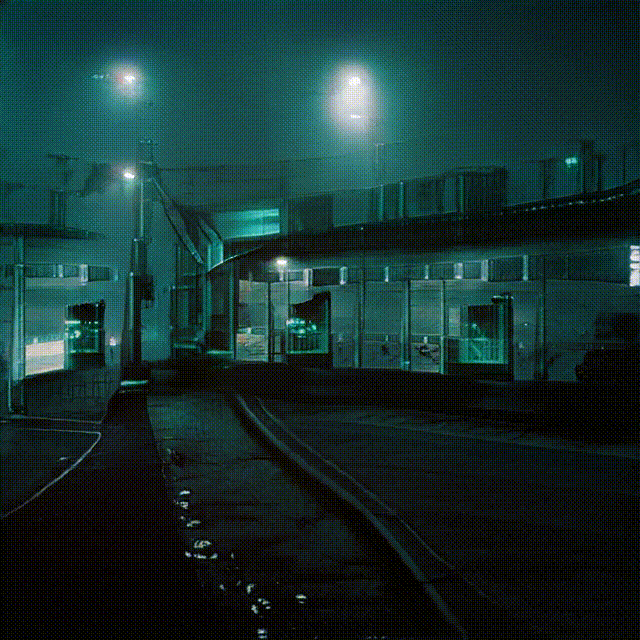
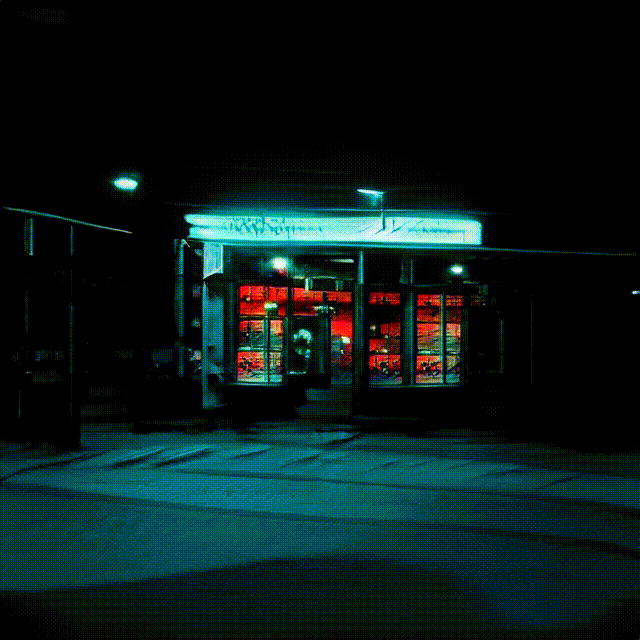
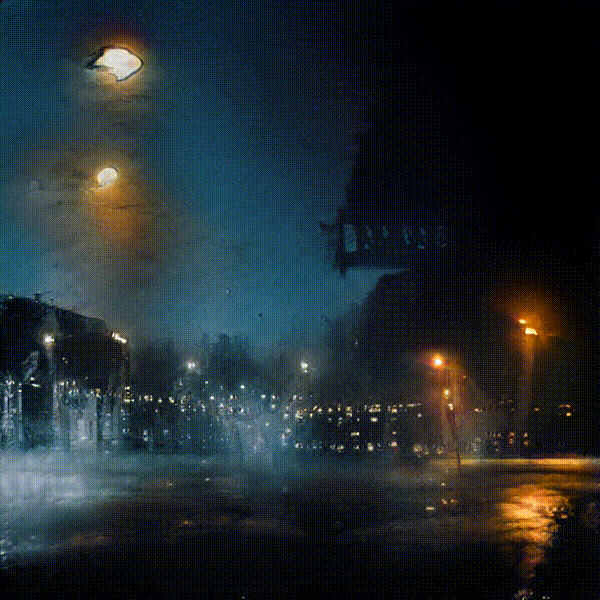
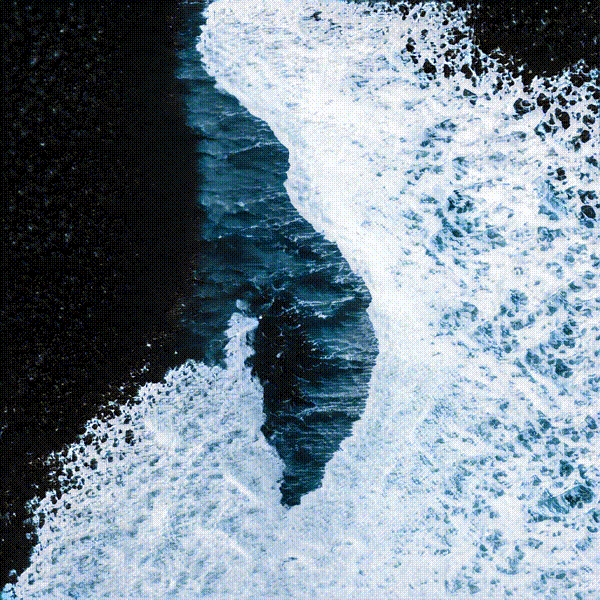
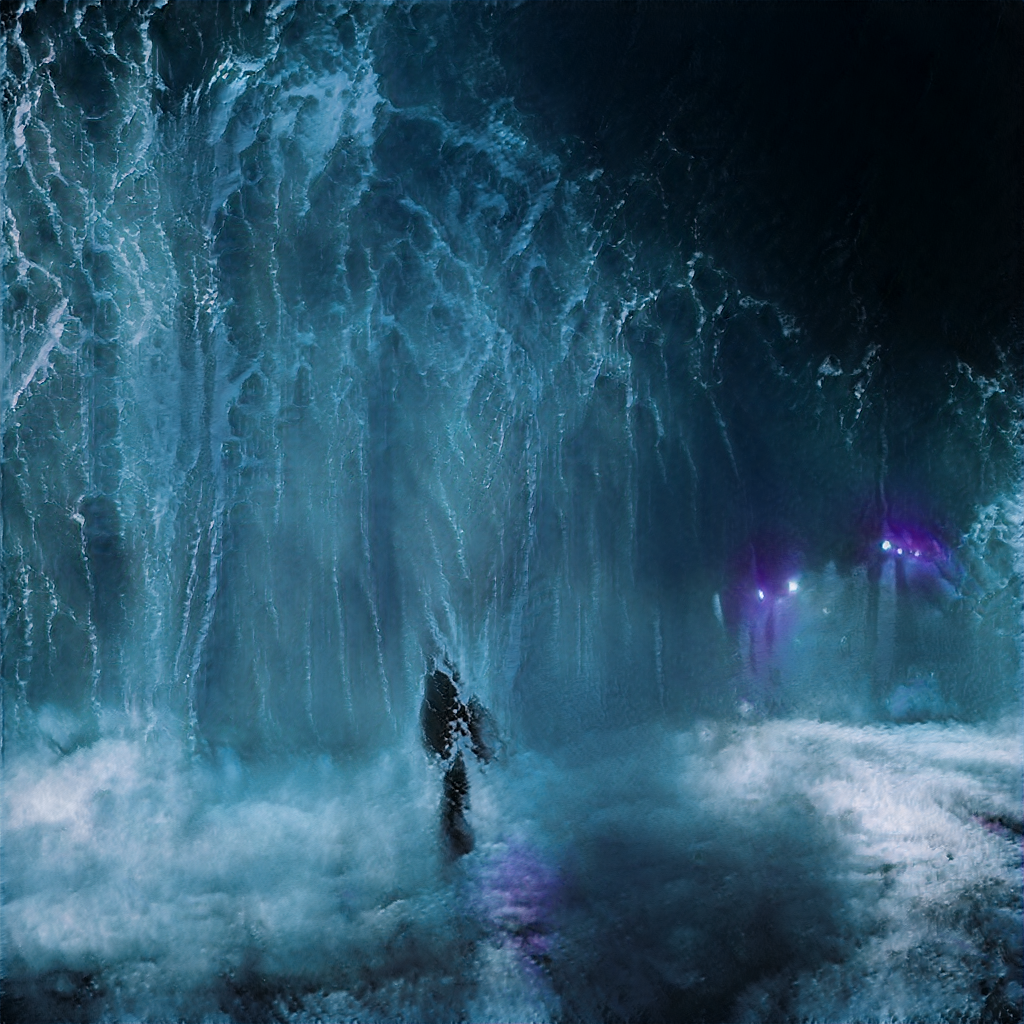
When neural network is trained on two opposing datasets - ocean photographs and night cities, it is forced to imagine what happens in between. It has never seen in its training data how cities under the waves look like but it combines the force of nature with the civilisation.
After training the network, we explored the latent space to find those intriguing points where two datasets meet and interpolate not only inside one visual domain, but across the two.
From a conceptual level, we also decided to make a couple of the pieces have an ending. It provokes a thought that while the cycle of life is powerful, not all of the processes are reversible.
Imagination is born from the imperfection of not knowing everything.
To some extent, the inventiveness of AI, reminds us of the Plato's allegory in Timaeus and Critias, and of the mythical city Atlantis. The transforming landscapes represent both the renewal and obsolescence of our world.
